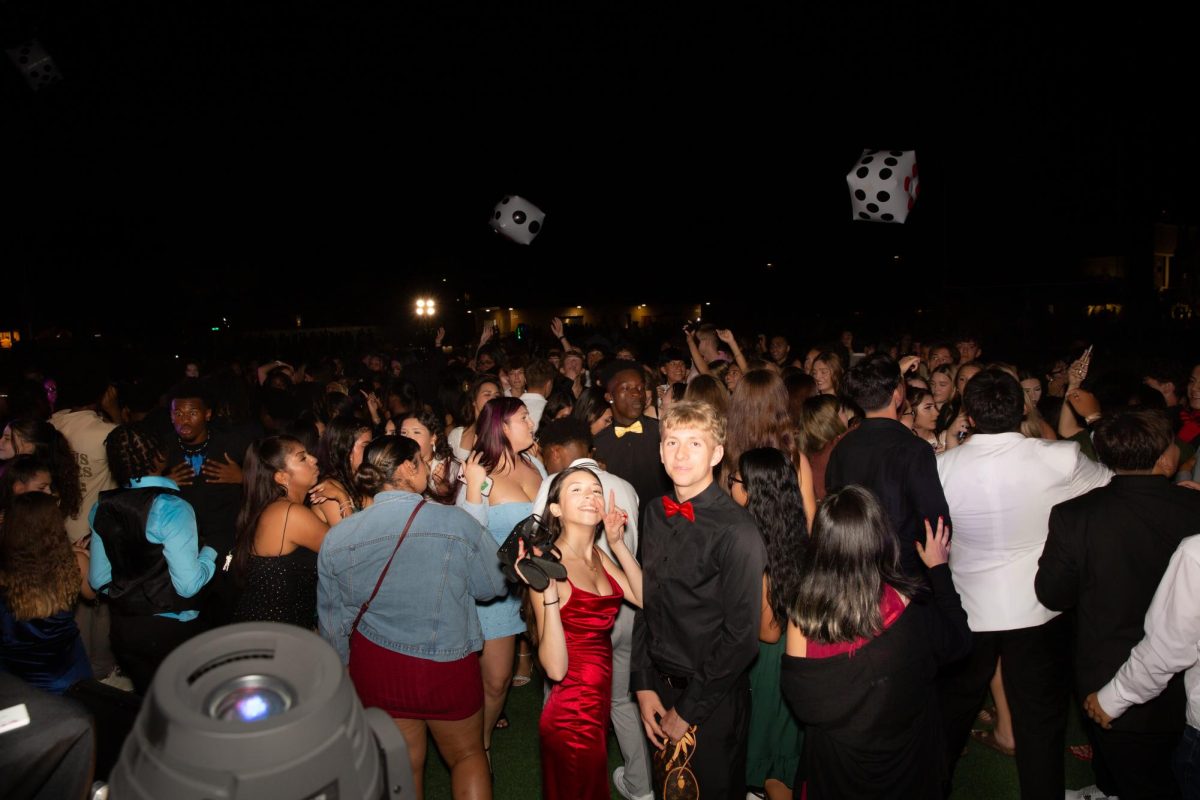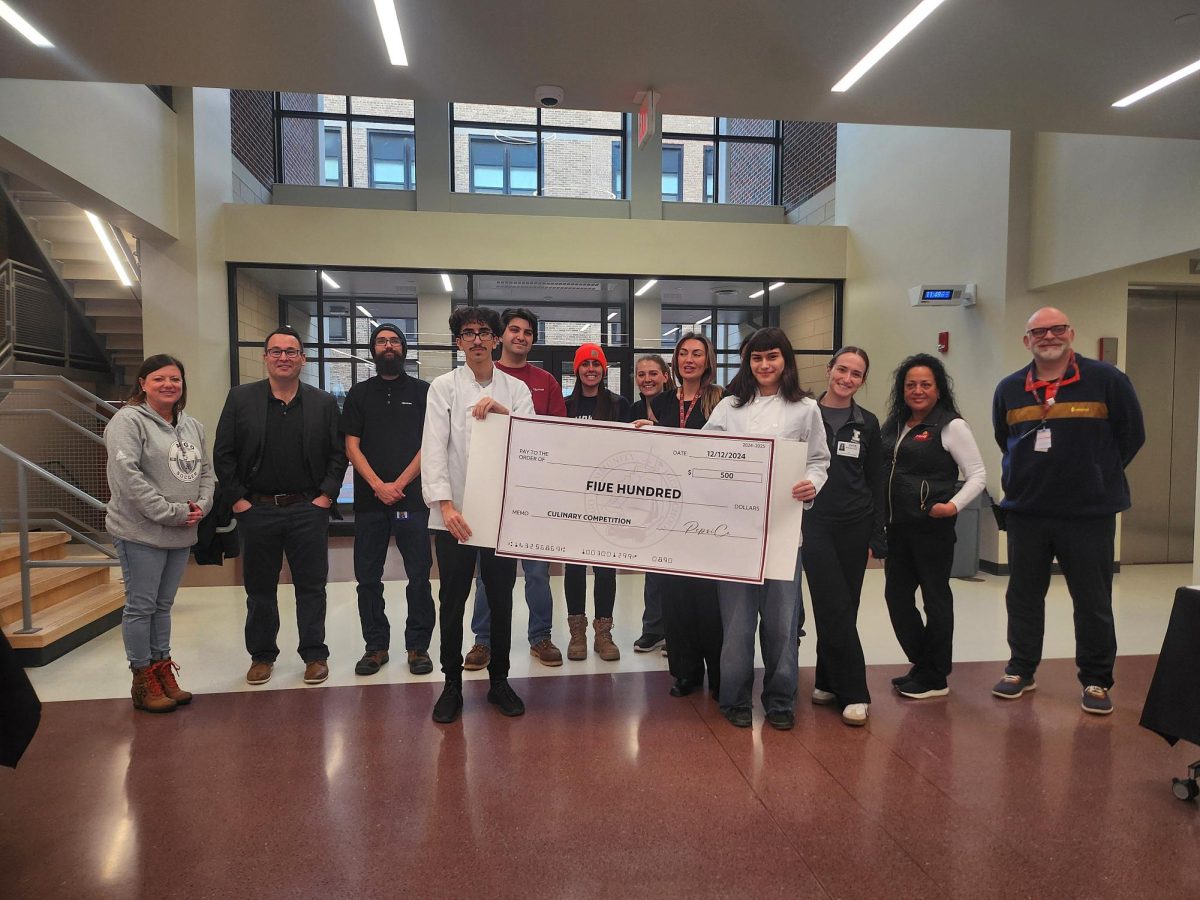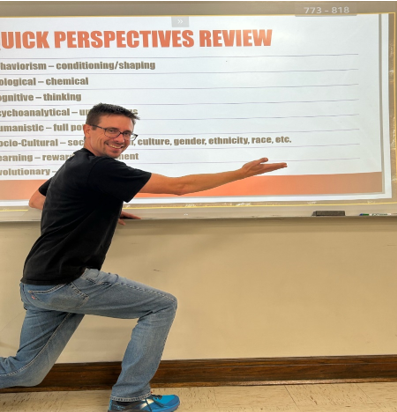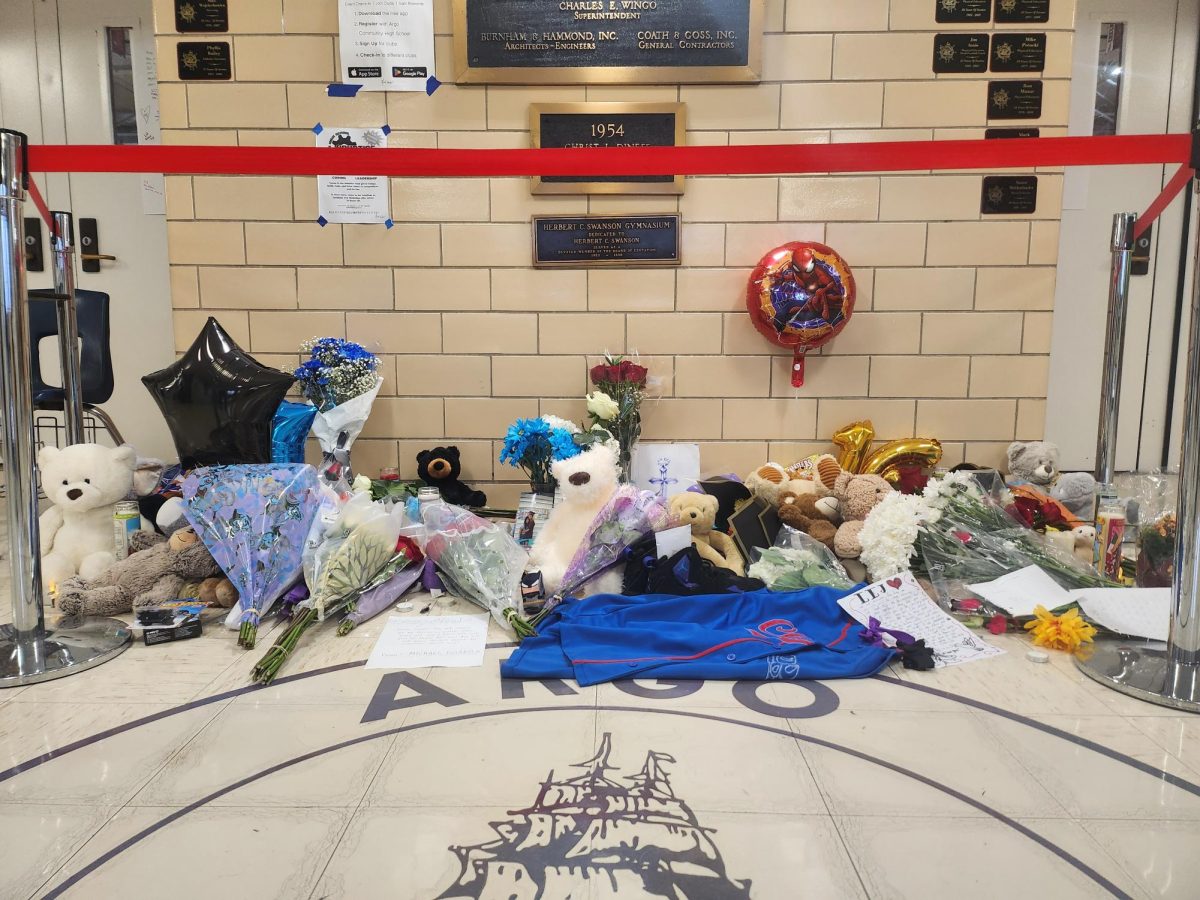Ah, homecoming. An annual tradition for all students from the beginning of their freshman year to their senior year. But what started it? How did it start? What was the purpose behind it?
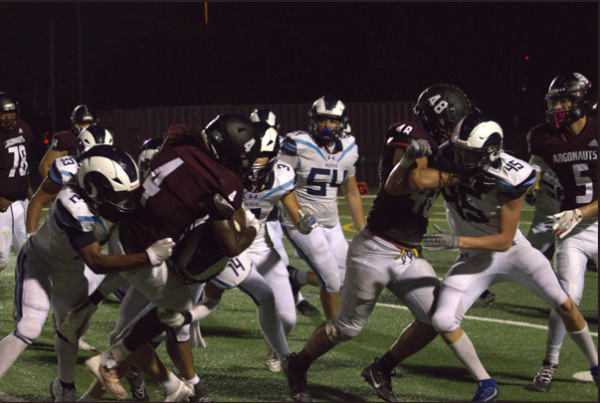
Well, to start, let’s define what homecoming really is. It’s a celebration to show school pride and to welcome the football team and students for the upcoming school year. It takes place right after a major school football game, which it’s dedicated to. The game can either be the team’s first home game of the year, or for teams who travel, the home game after the football team takes their longest trip. Some ways that homecoming is celebrated are a dance, a parade, and the crowning of a homecoming king and queen. The homecoming dance is put on for students after the football team’s first game of the year, usually within the first two months of school.
So, now that we know what homecoming is now, let’s start to look back. The homecoming celebration tradition started in the University of Missouri—a college! In 1911, the University of Missouri held the very first homecoming, and in 1941, the college elected the very first homecoming queen, Betty Hall. It was only during the 1920s that high schools started to use the homecoming tradition, even though over the years, it’s been transformed into something seen as a solely high school experience—at least, the structured dances are seen as a mostly high school experience.
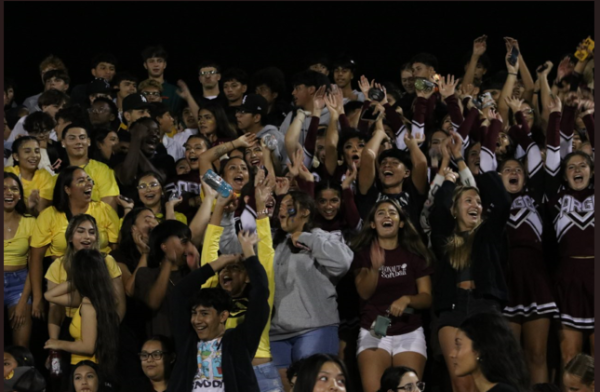
The tradition of crowning a homecoming king and queen stemmed from the European tradition of coronating a king or queen during formal events, which was adopted by American schools during the 1930s. From that, it became a staple of both homecoming and prom events.
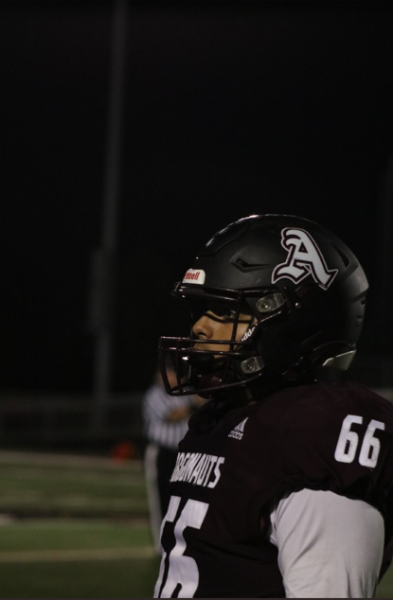
The homecoming tradition is one that went through a lot of history as a part of school life and career. Now, when you see a poster advertising homecoming, you can say that you know the history behind homecoming!


